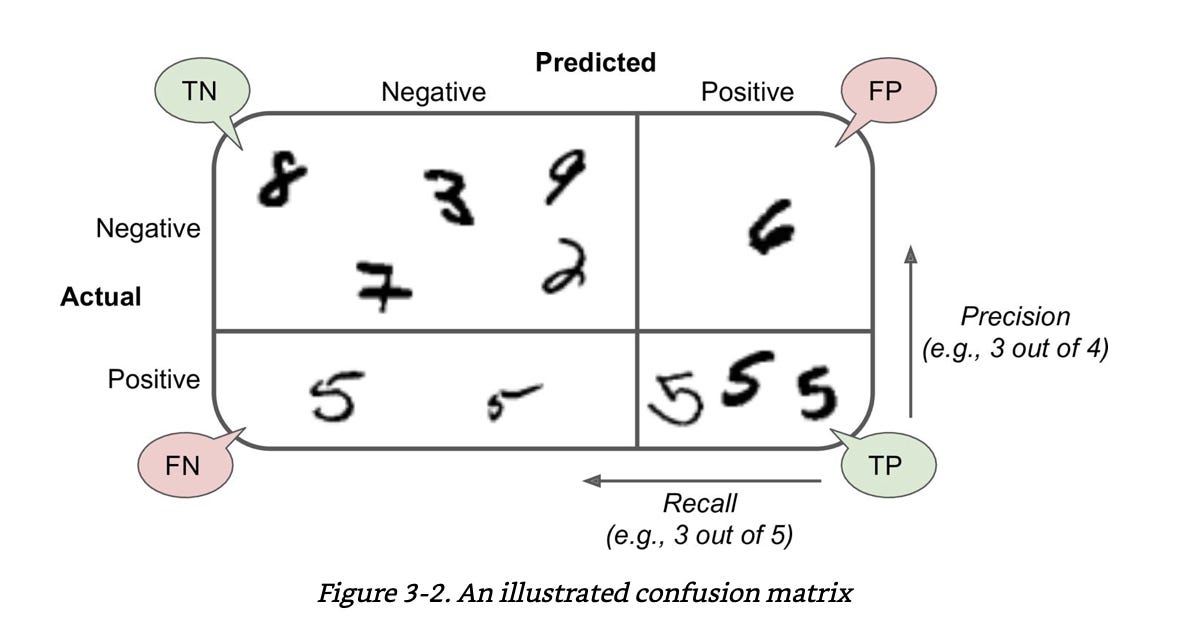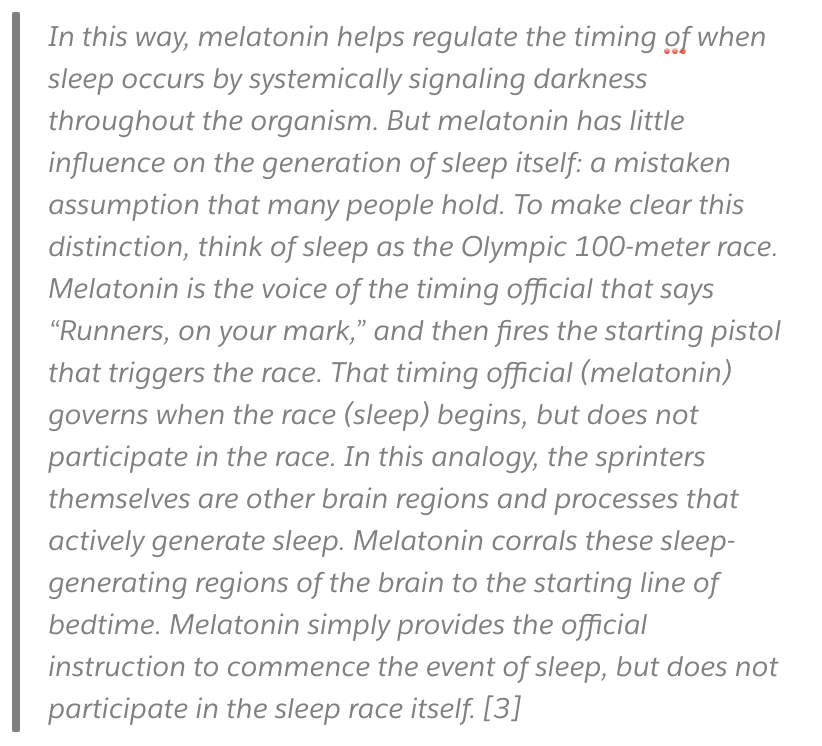The surprising power of multi linguists
Freddie, a construction worker who I befriended is the most valuable person on projects he works on. He is not the most skilled carpenter nor the best plumber nor the one with the most attention to detail. However, he is fluent in English and Spanish and because of that, he is the bridge builder between the general contractor who speaks just English and the workers who mostly speak just Spanish. Additionally, Freddie is tech savvy, is on top of his email, text and other chat tools which makes him a bridge builder between the GC and other vendors.
Similar to this construction site, most work places are filled with people speaking different languages and hence multi-linguists have a significant advantage as they create convergence and bring people together. By multi-lingual, I do not mean two different spoken languages like English or Spanish. Instead, I use this term to refer to the ability to speak deeply and clearly in English about two different domains, often business and technology.
In the world of software development, good product managers are incredibly valuable as they can bridge the gap between business outcomes and technical choices, they speak business, data and software engineering. I suspect this epic scene from the move Office Space has caused people to under estimate the value of being a bridge builder, of being multilingual.
More recently, I have started to notice the pervasive success of authors who are multi-linguists.
For example, Simon Singh the author of the deeply insightful Code Book speaks cryptography and English and this skill helps him explain concepts like one way functions and Diffie and Hellmen method easily to the lay reader.
Similarly, Aurelien Geron, author of a popular book on Machine learning elegantly describes the concept of precision and recall with images, examples and simple prose. Through this he demonstrates the ability to speak in ML, english and images. [2]
In the last few weeks, I have been riveted by Matthew Walker's Why we sleep book who in this example uses the analogy of a 100 meter race to describe the role of Melatonin. Matthew's book is a page turner as he speaks sleep science and English, which allows him to make decades of research accessible to the lay person.
As AI/ML becomes more pervasive we will increasingly need a new category of multi-linguists. We will need people who can understand decisions made by machines and be able to interpret, translate and operationalize them. These skills will become more valuable than being a pure data scientist. Companies will increasingly need data linguists and ML may become an acronym for Machine Linguists.
A good way to increase your value in workplace is to reflect on and sharpen, the number of languages you speak.
References
Singh, Simon. The Code Book: The Science of Secrecy from Ancient Egypt to Quantum Cryptography . Knopf Doubleday Publishing Group. Kindle Edition.
Géron, Aurélien. Hands-On Machine Learning with Scikit-Learn and TensorFlow: Concepts, Tools, and Techniques to Build Intelligent Systems (p. 87). Kindle Edition.
Walker, Matthew. Why We Sleep: Unlocking the Power of Sleep and Dreams (p. 23). Scribner. Kindle Edition.



